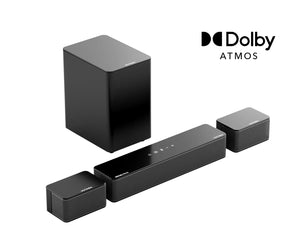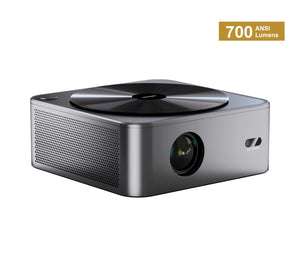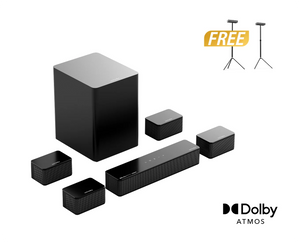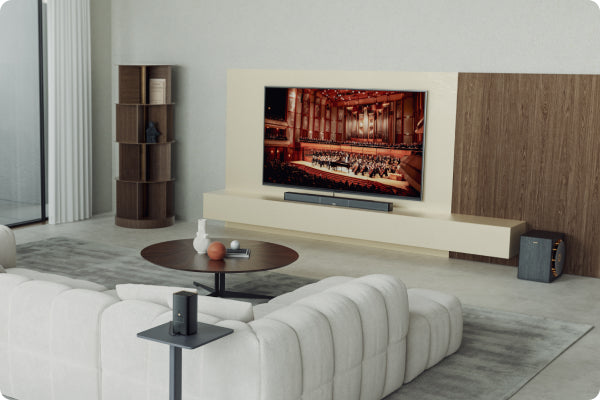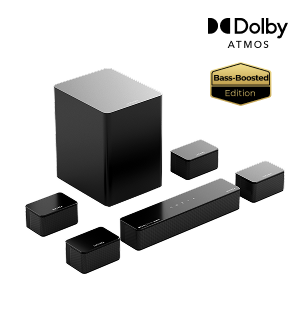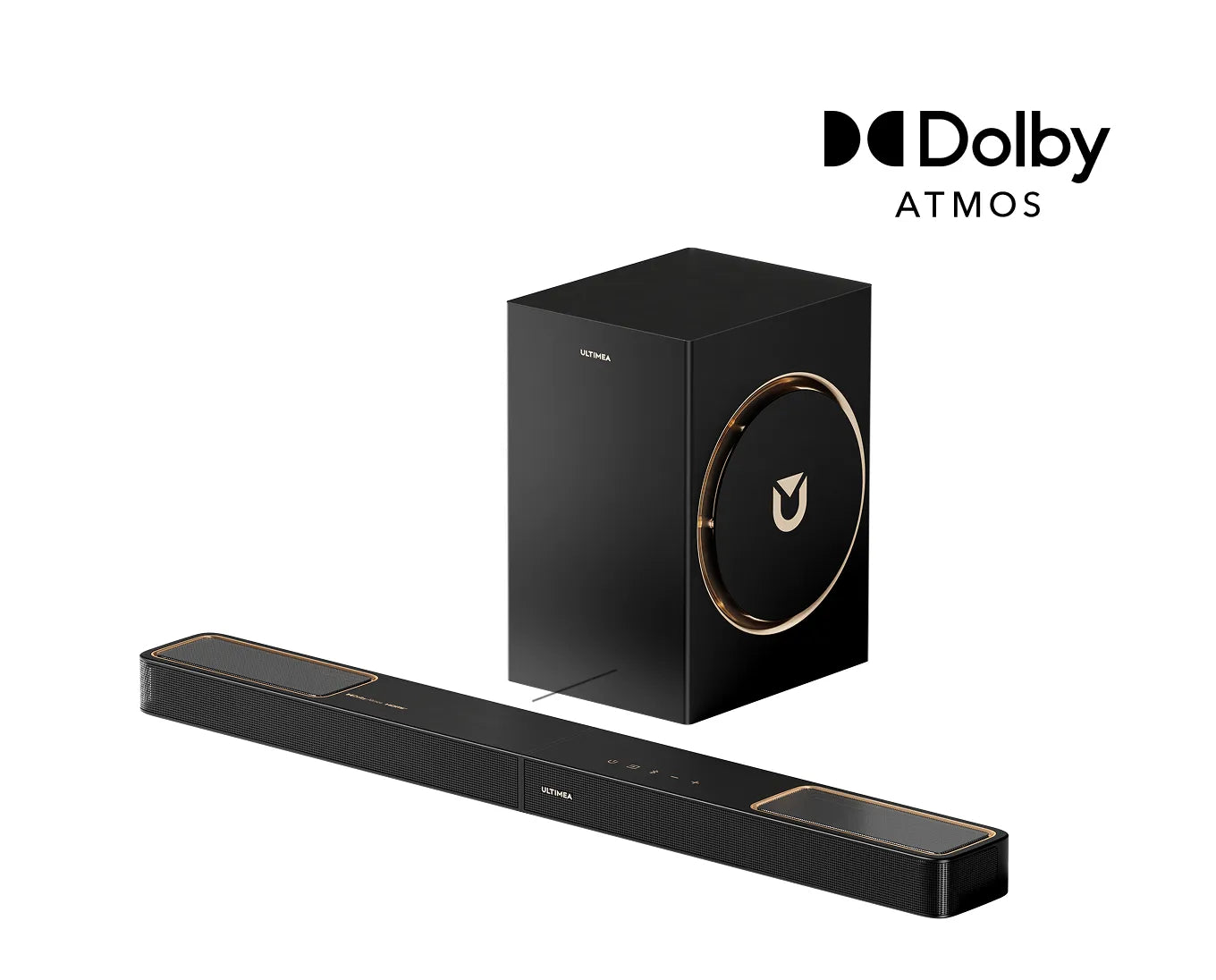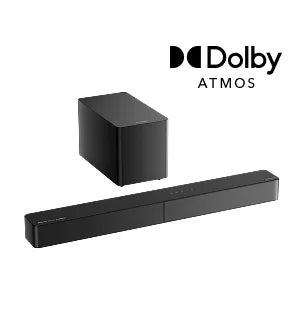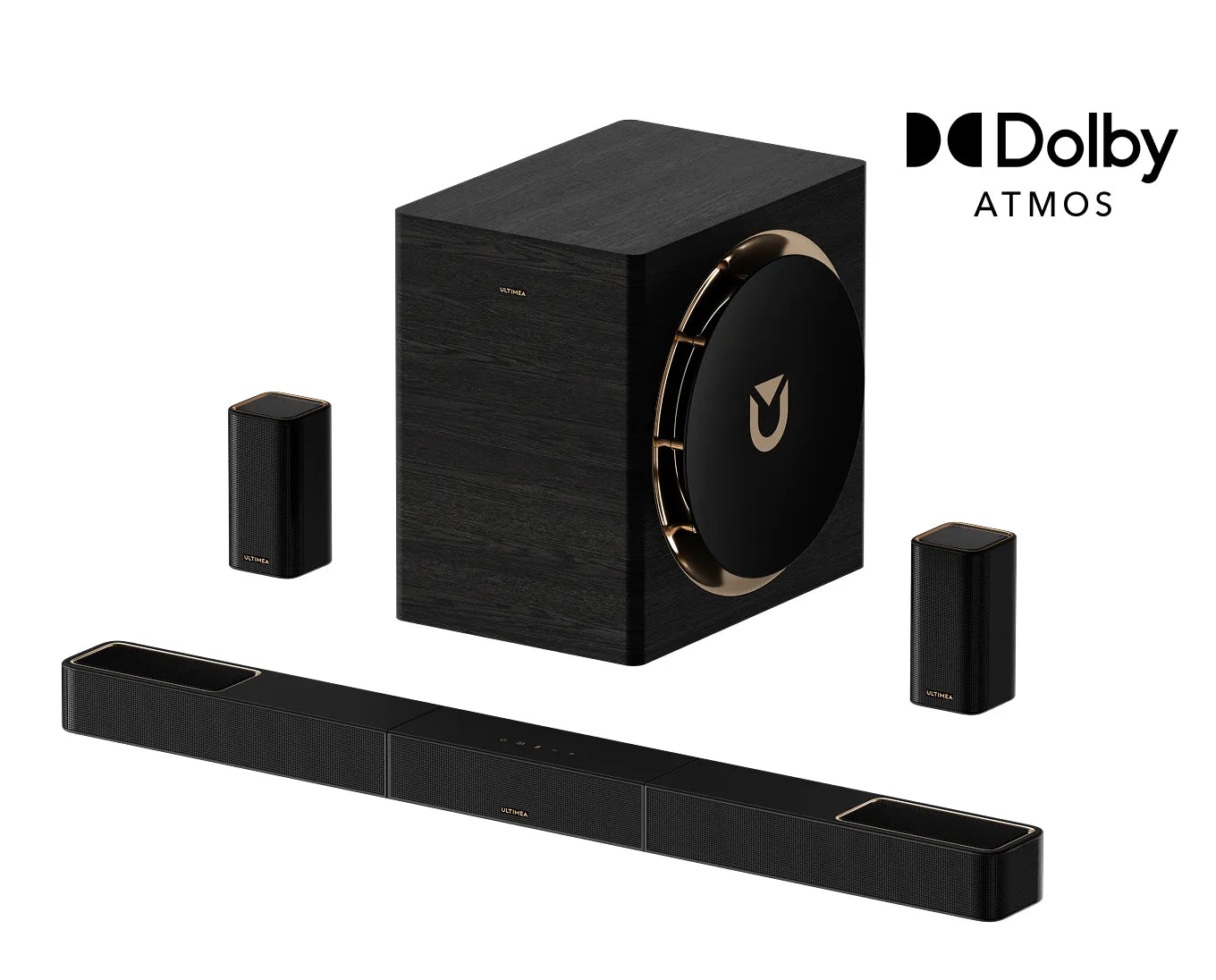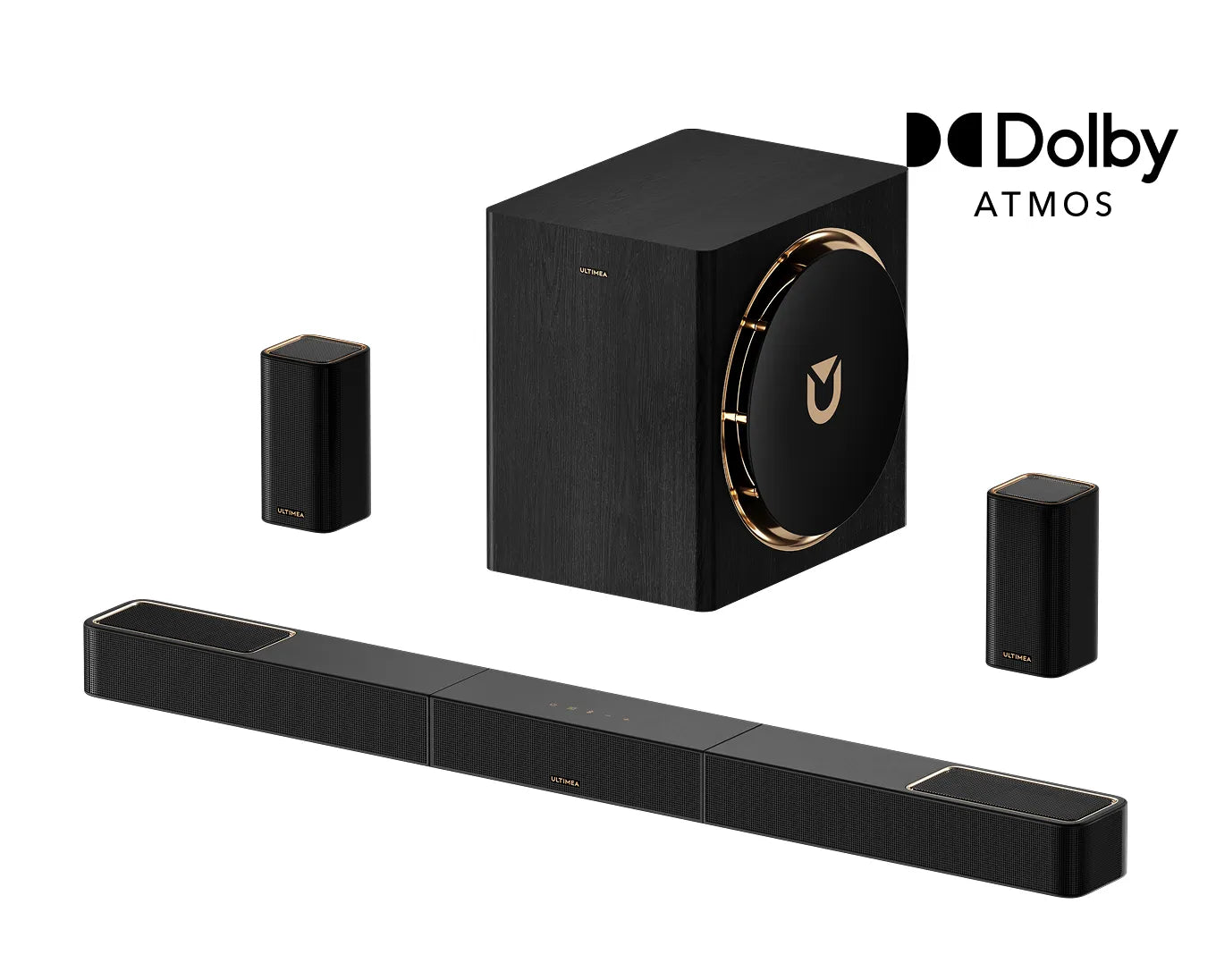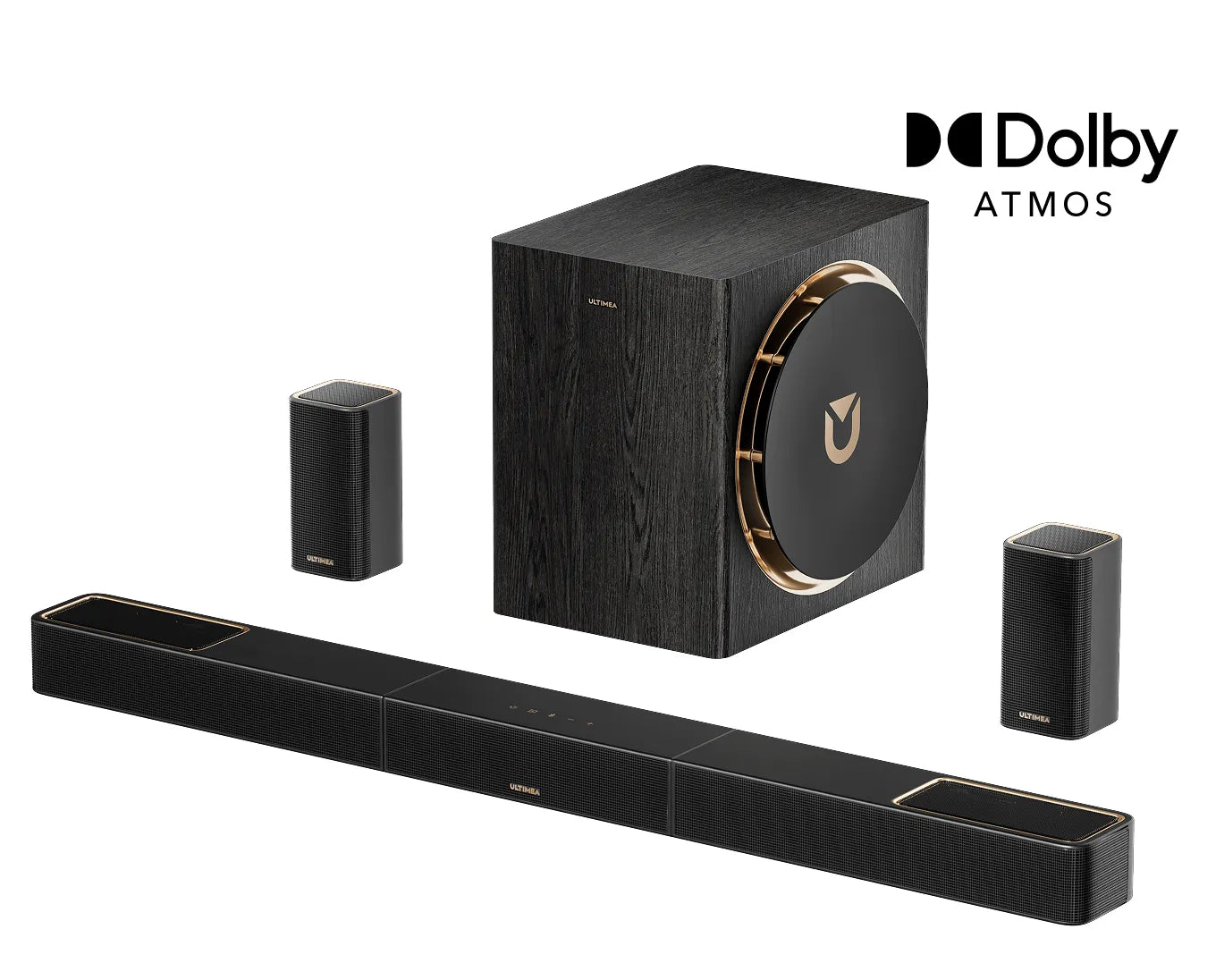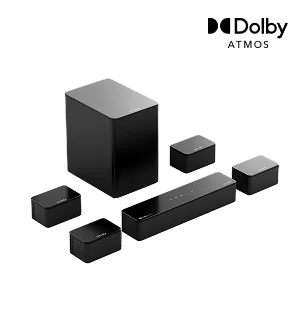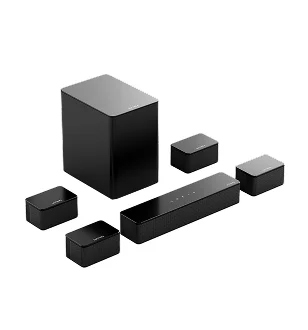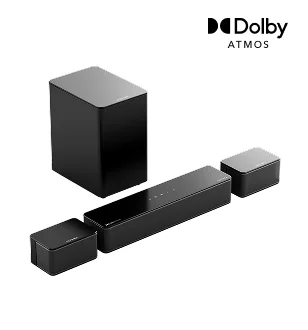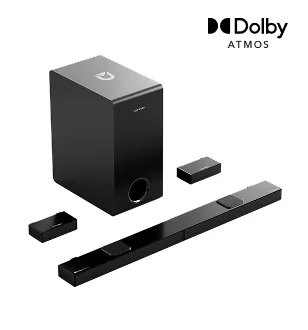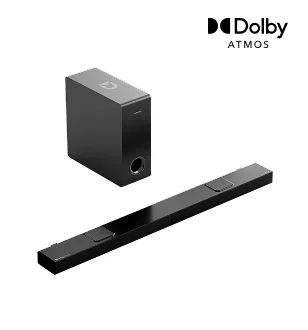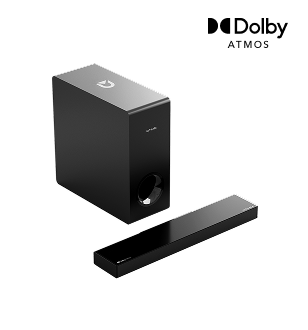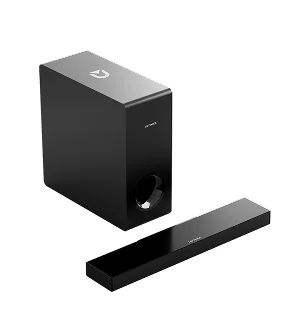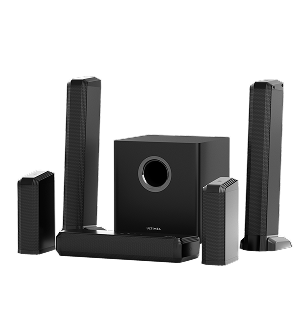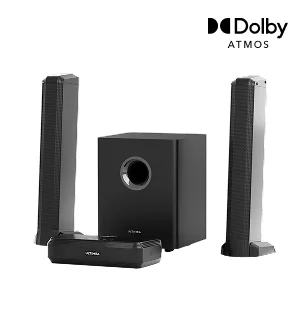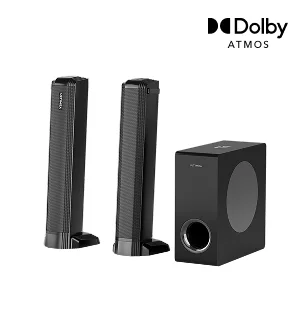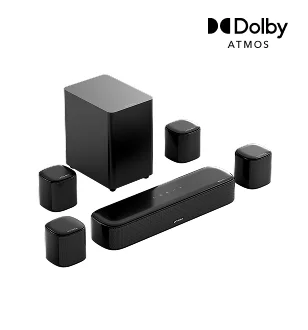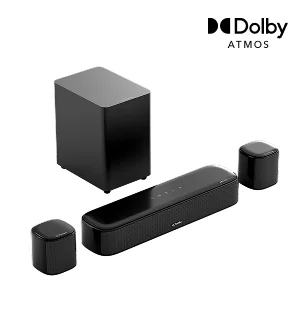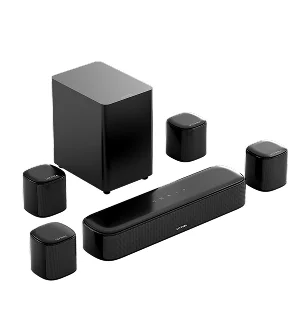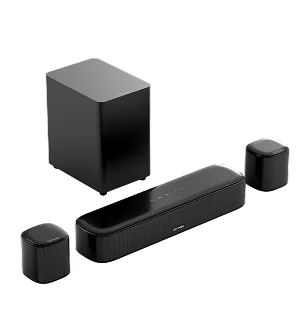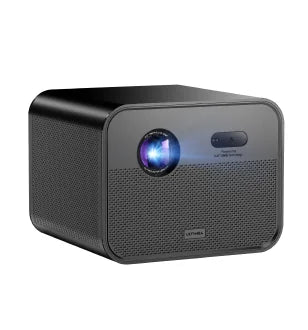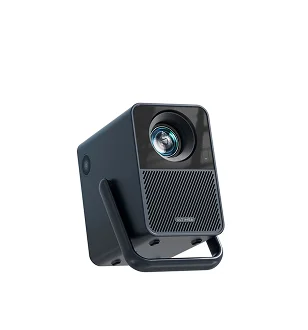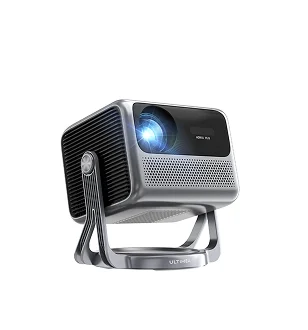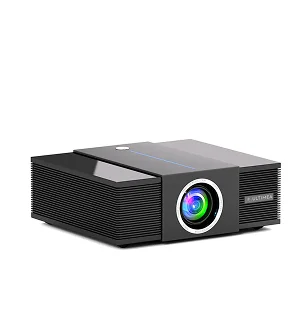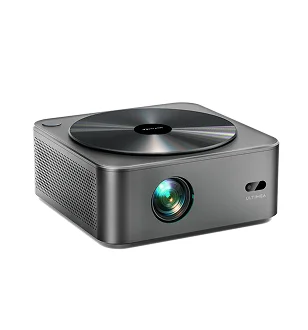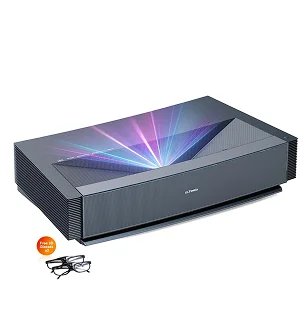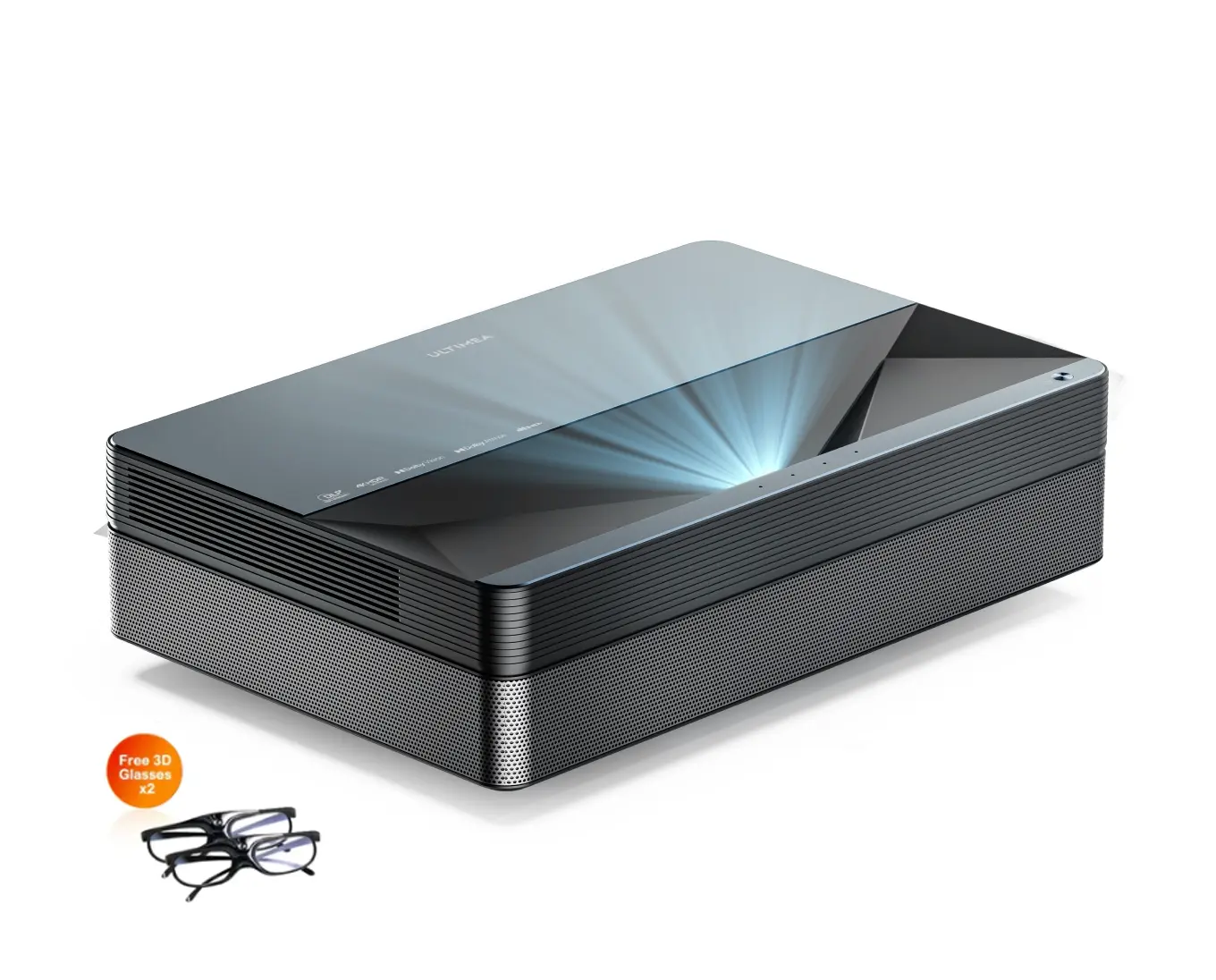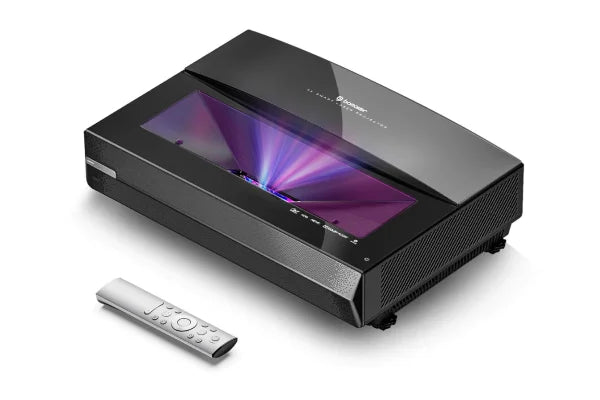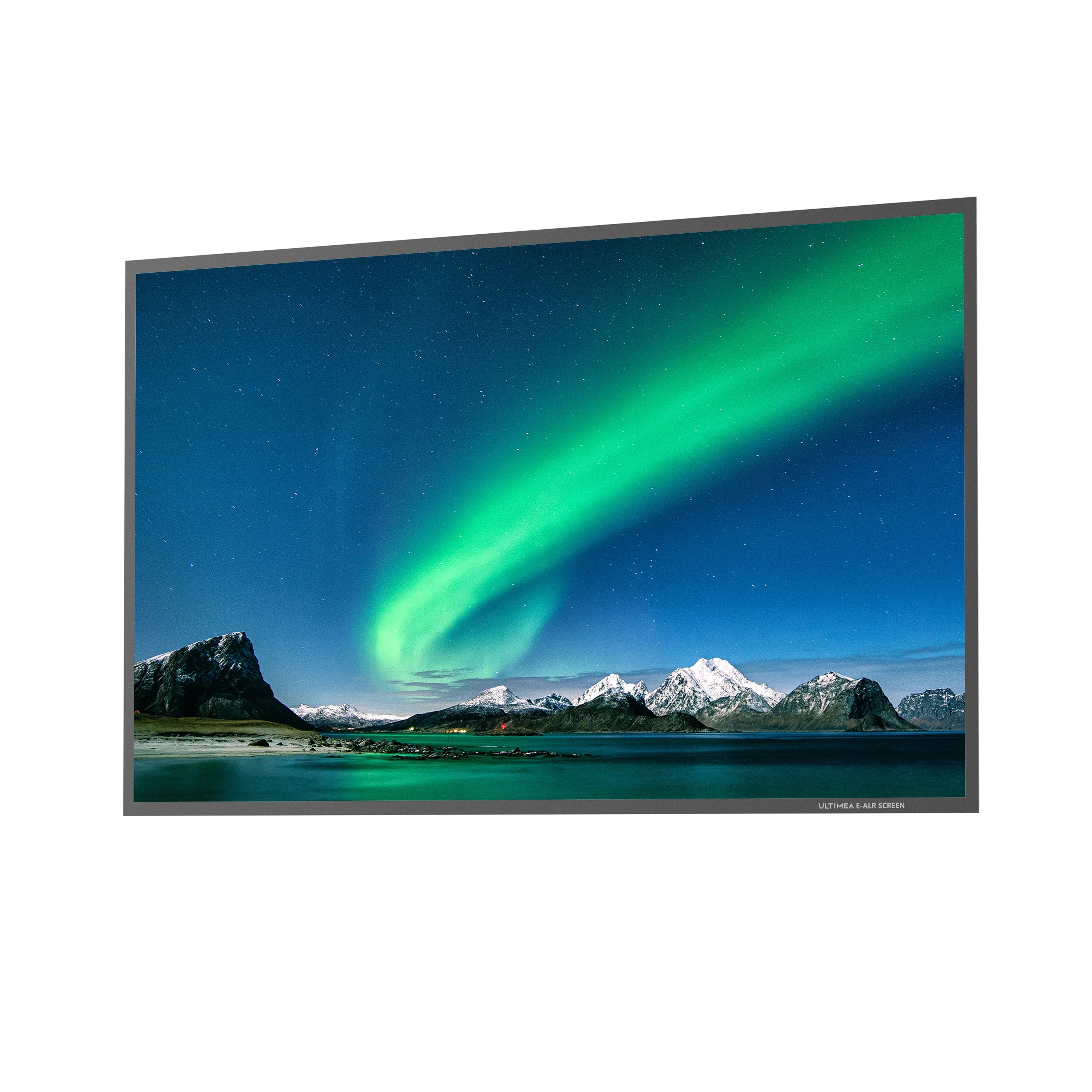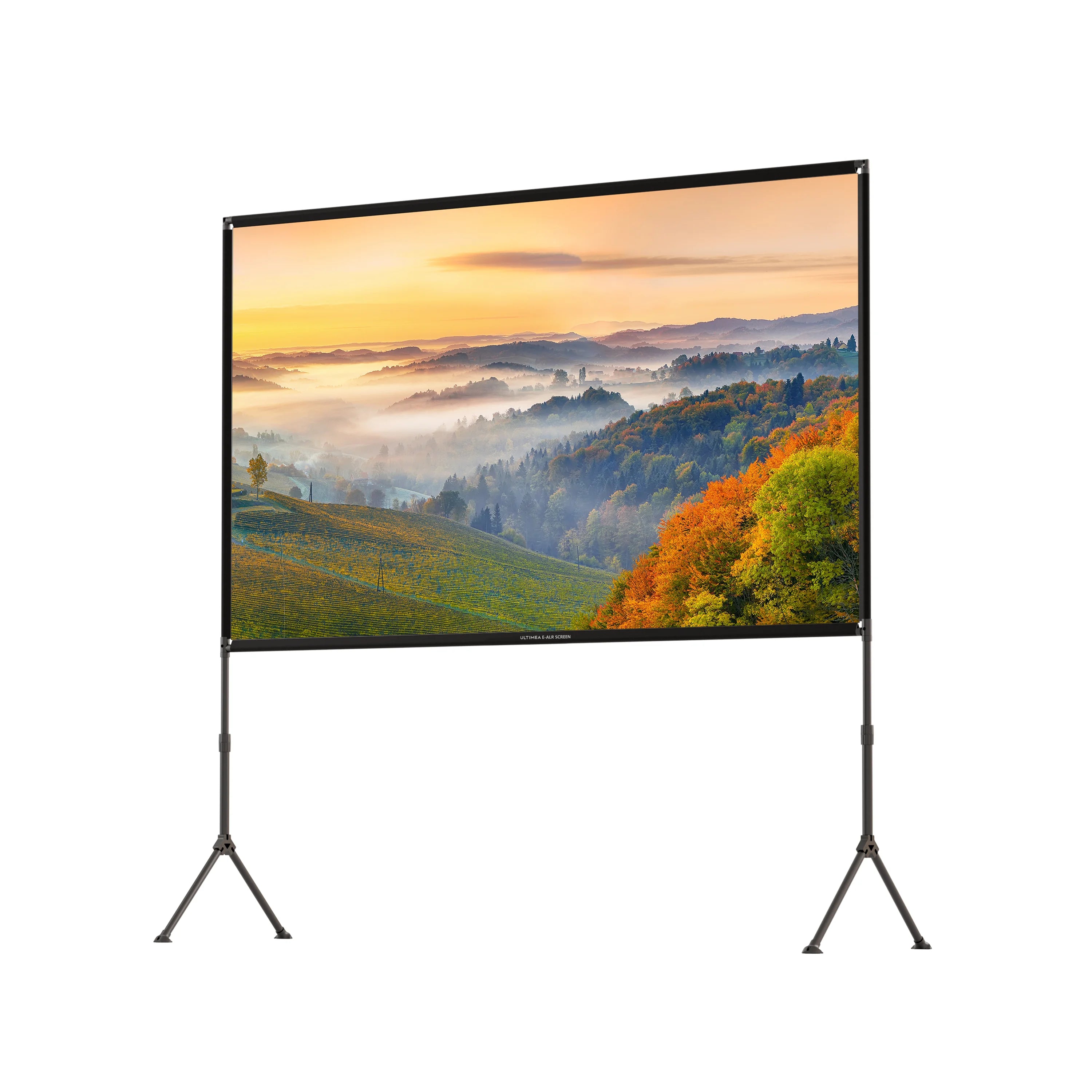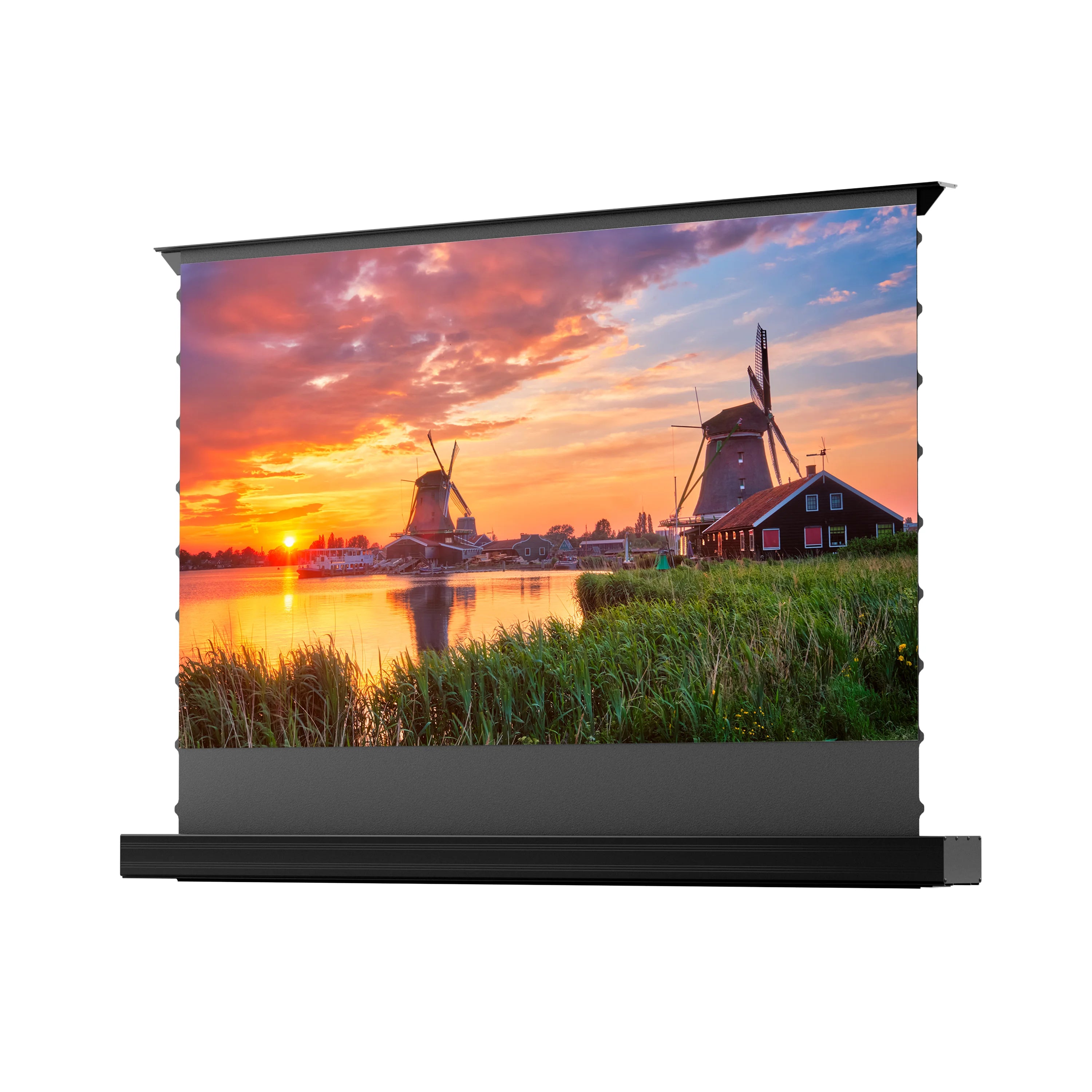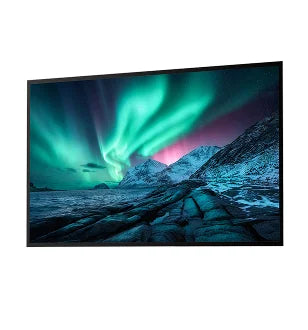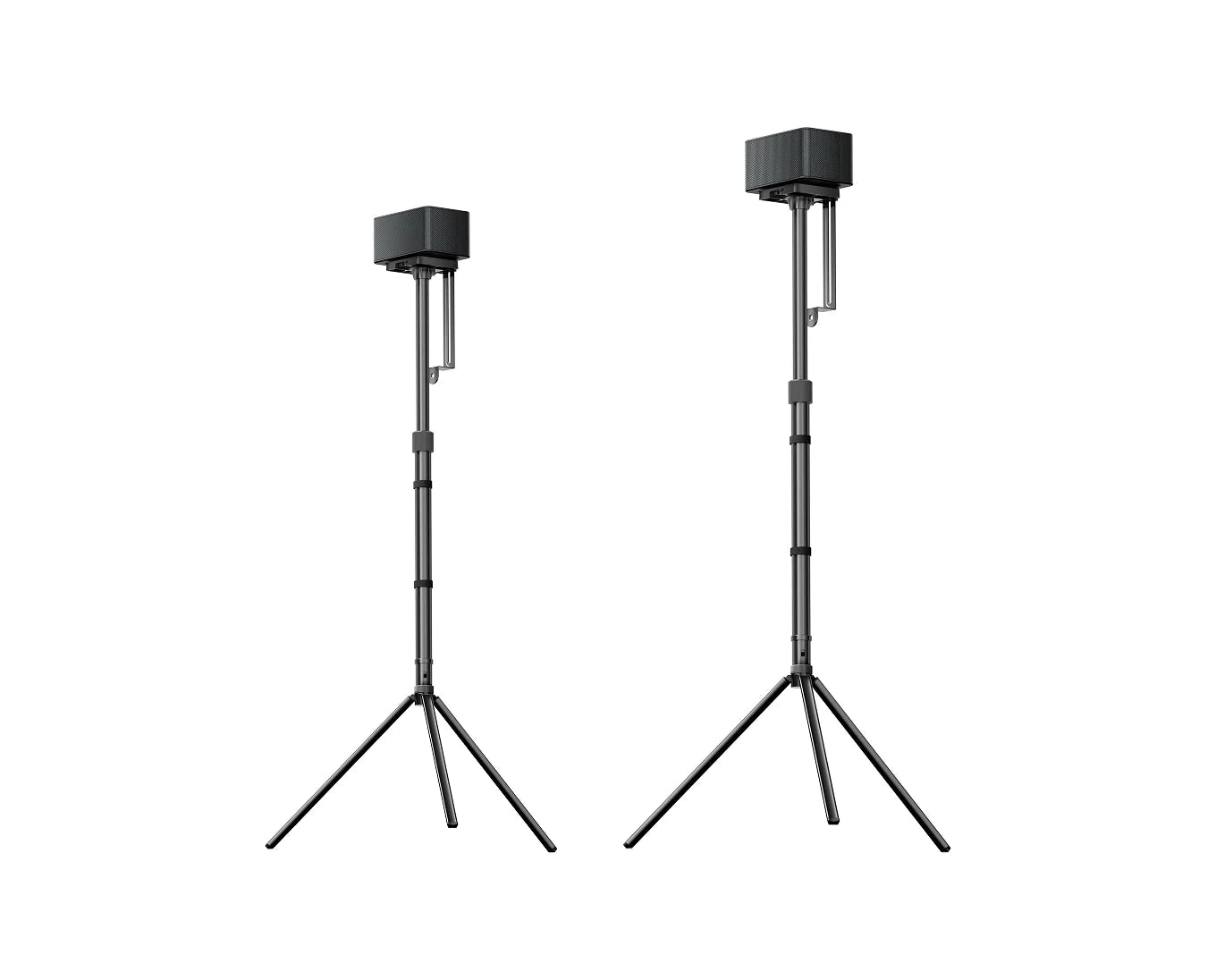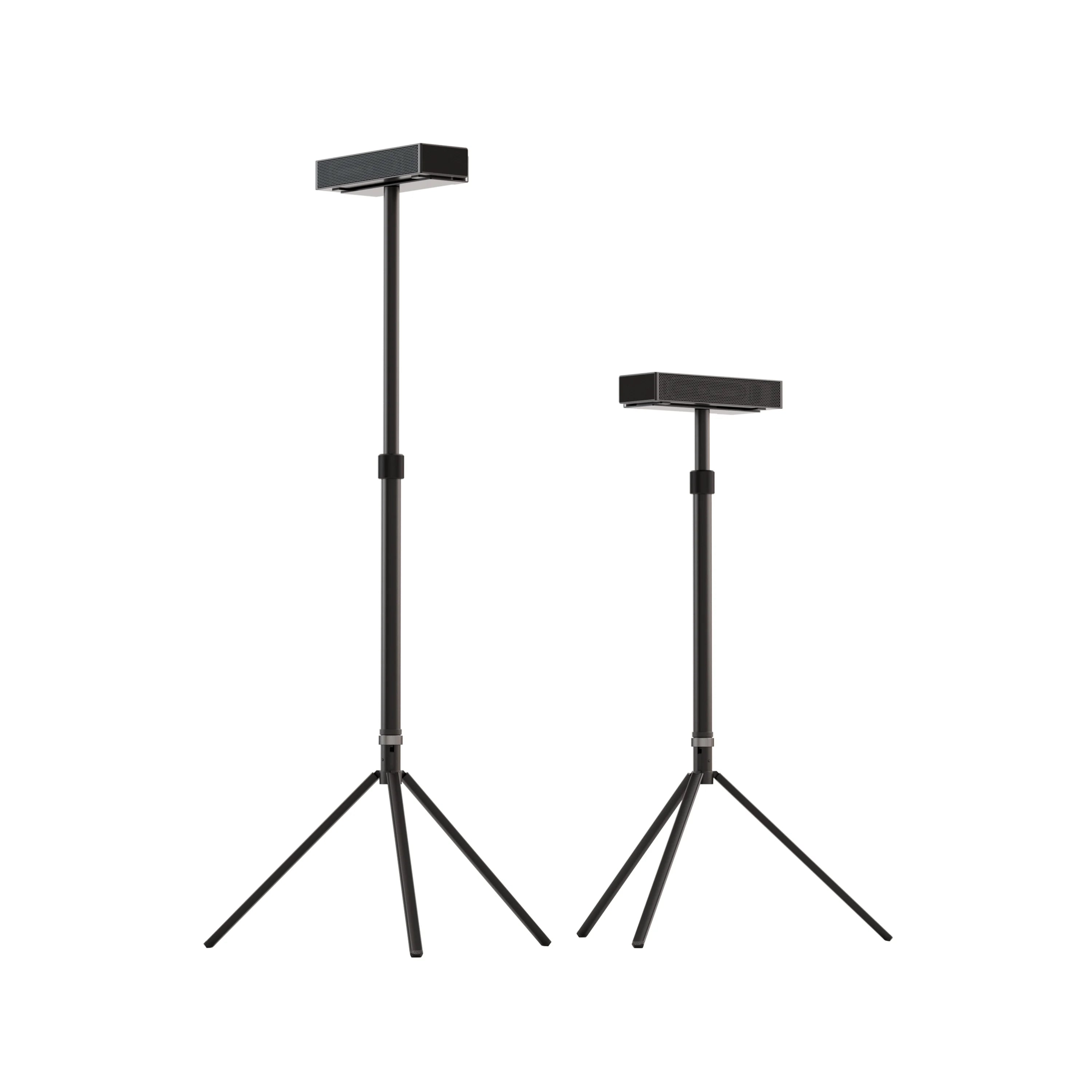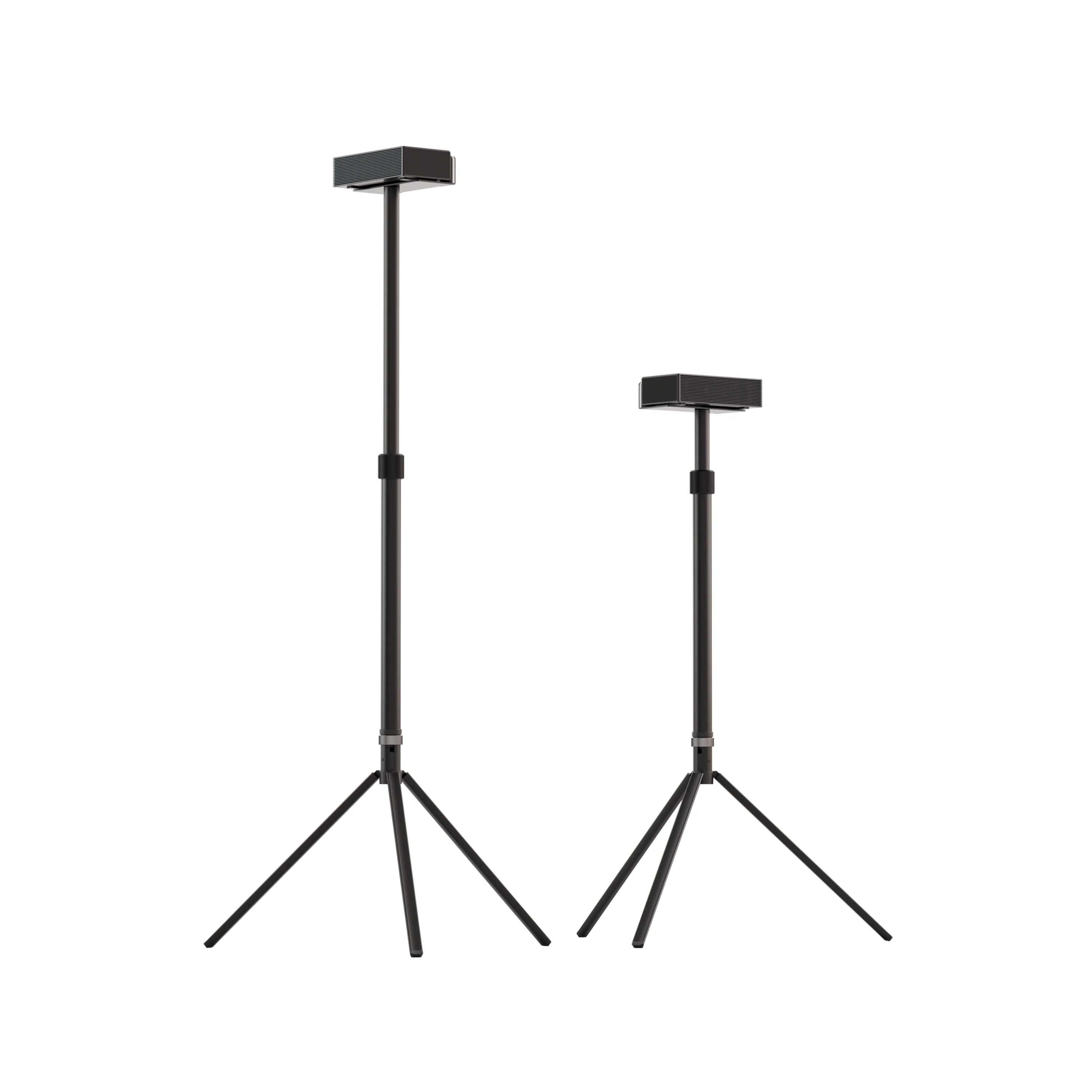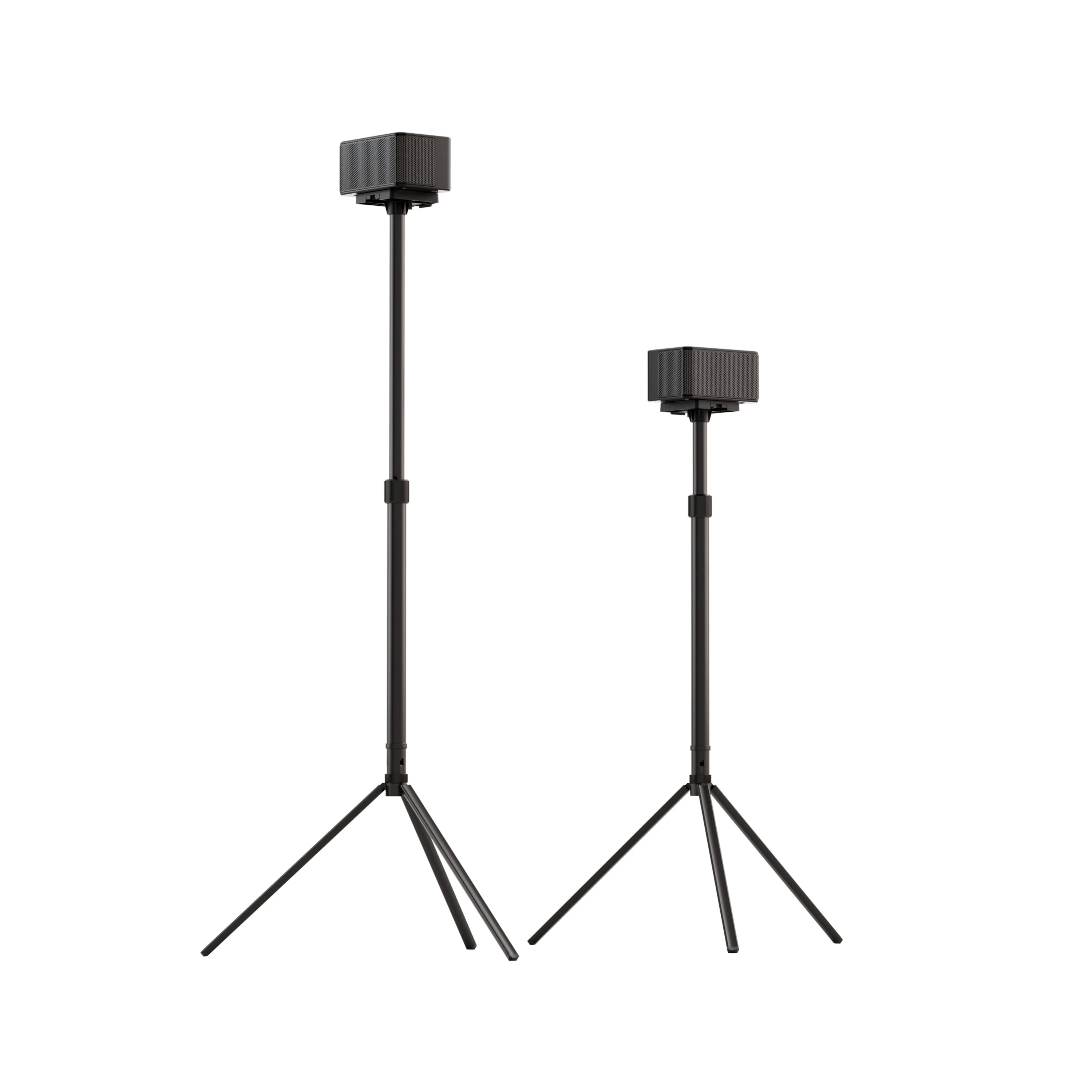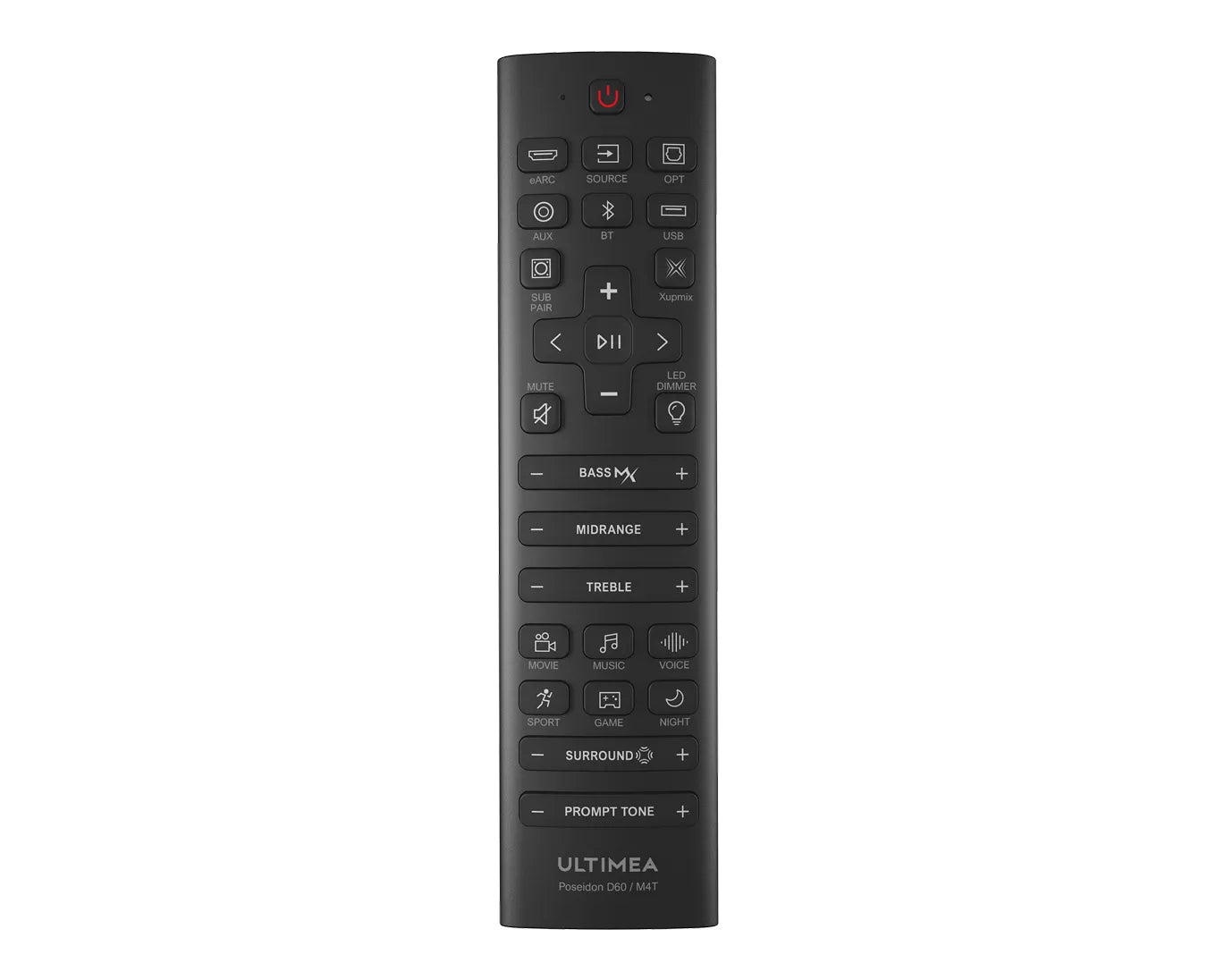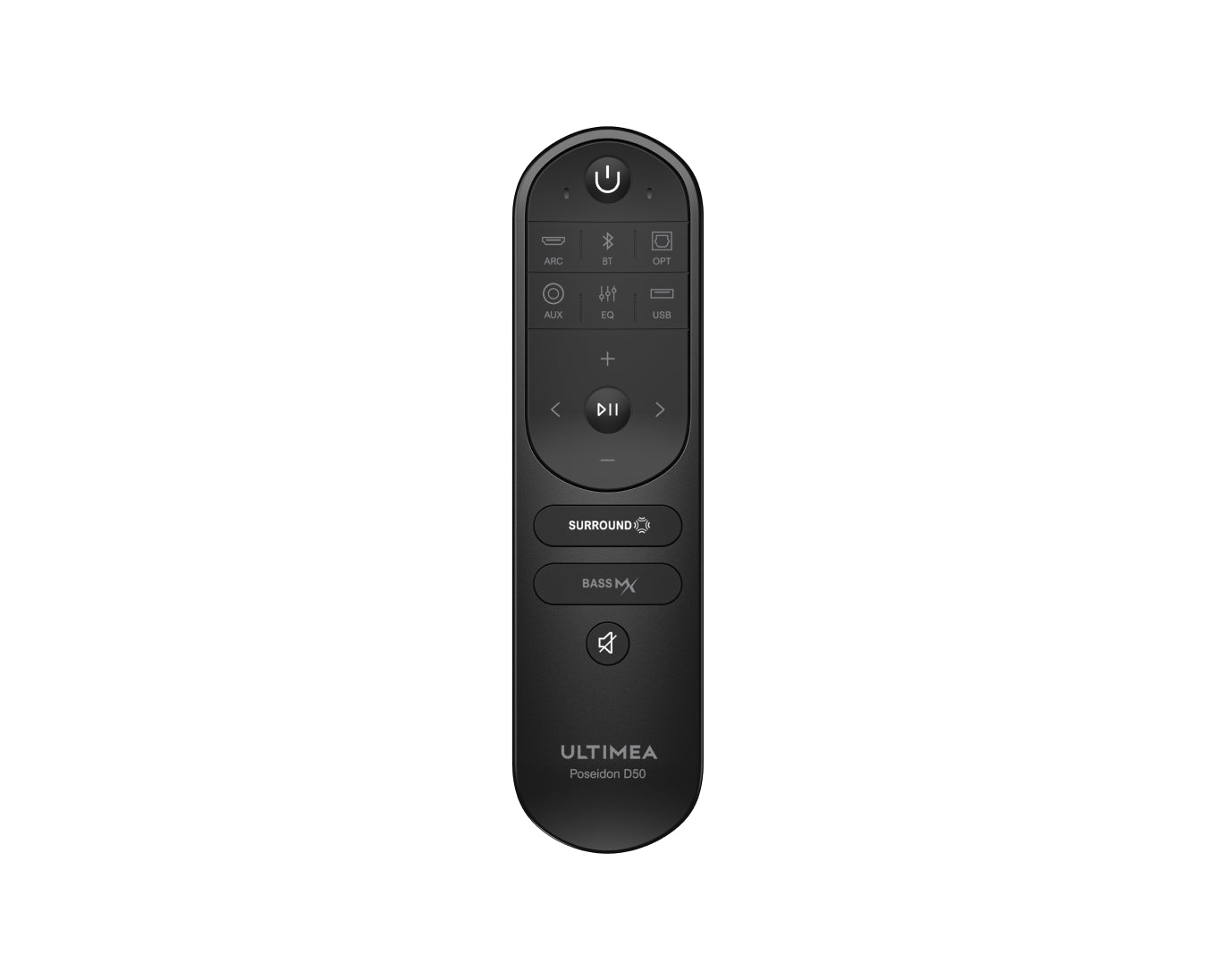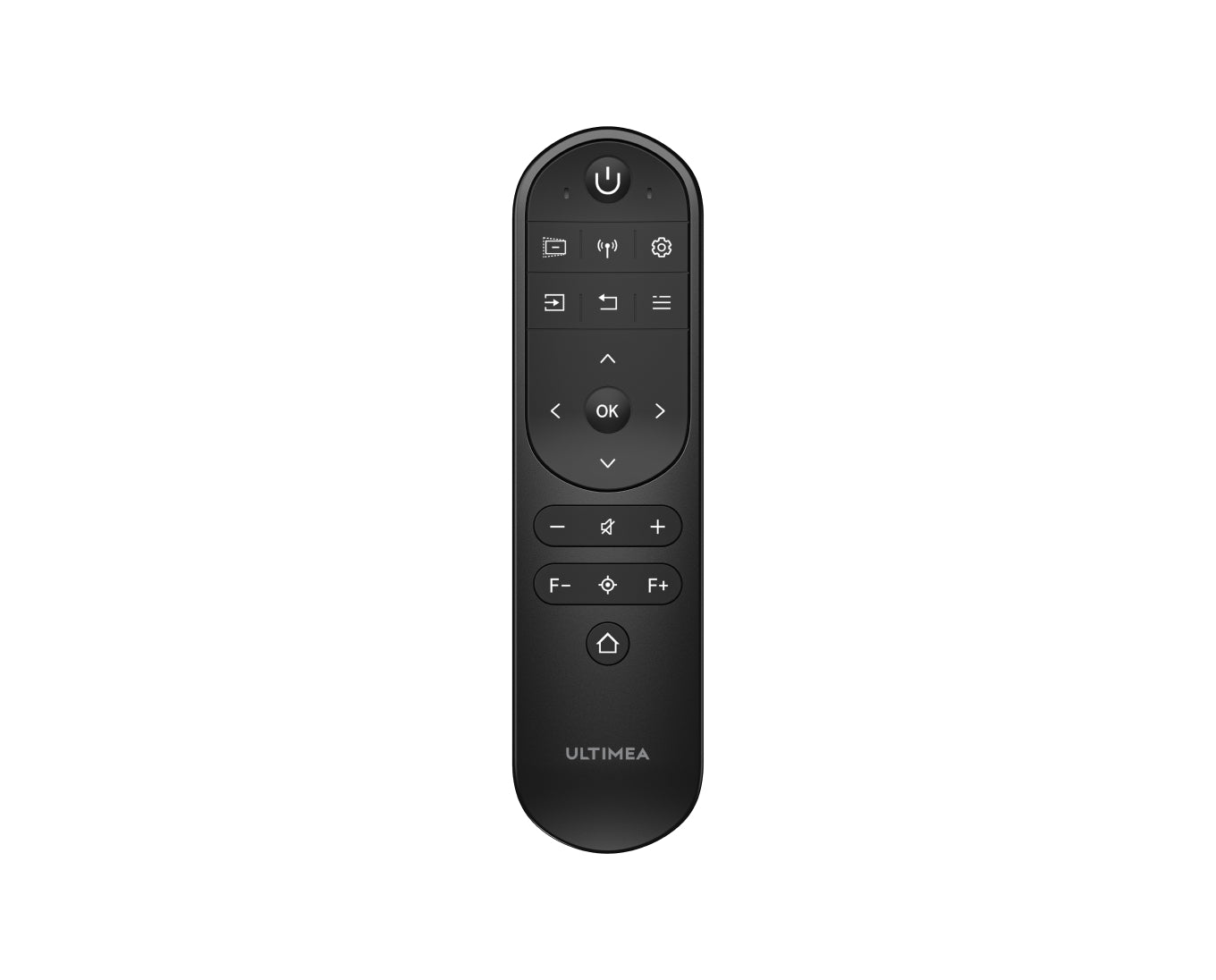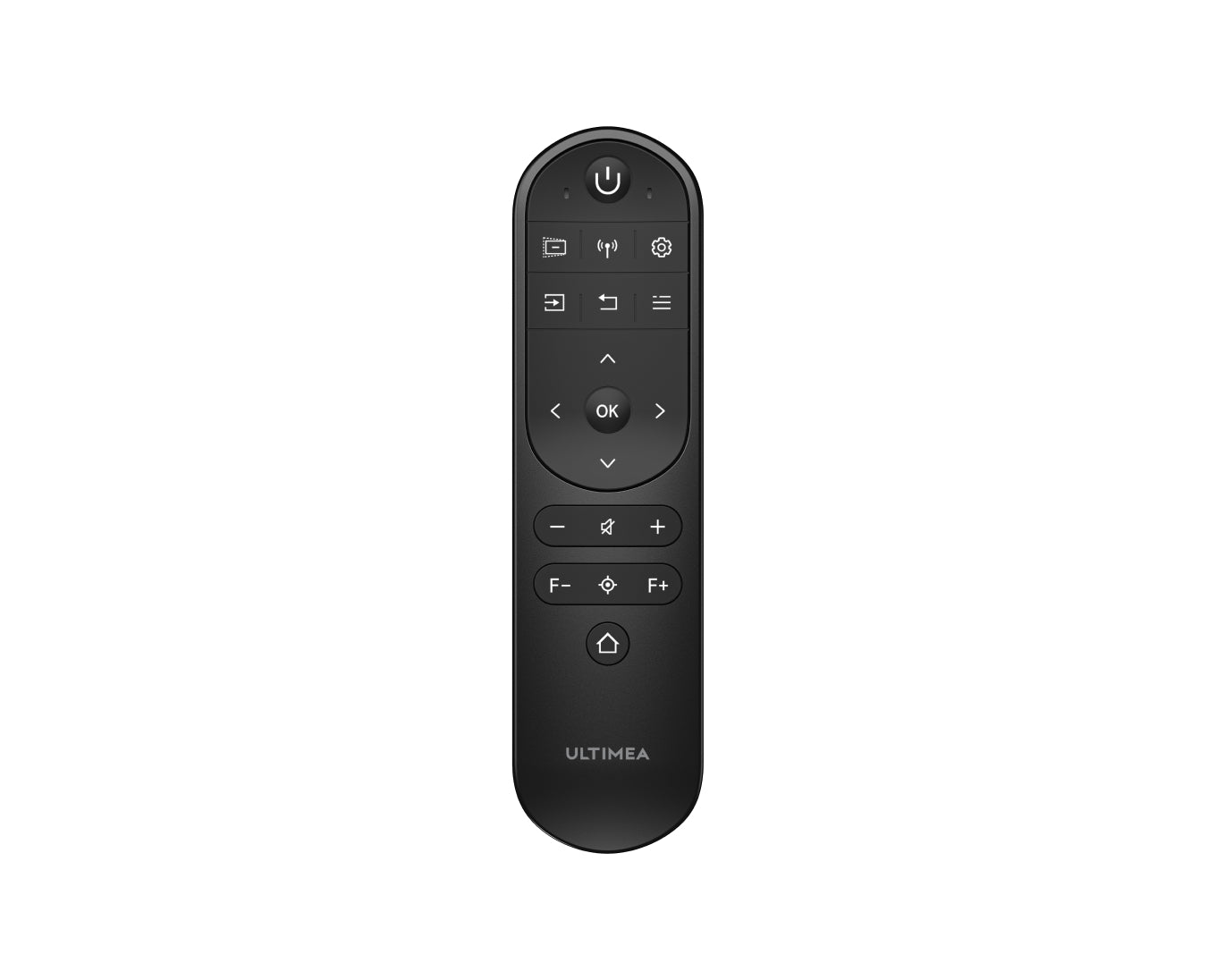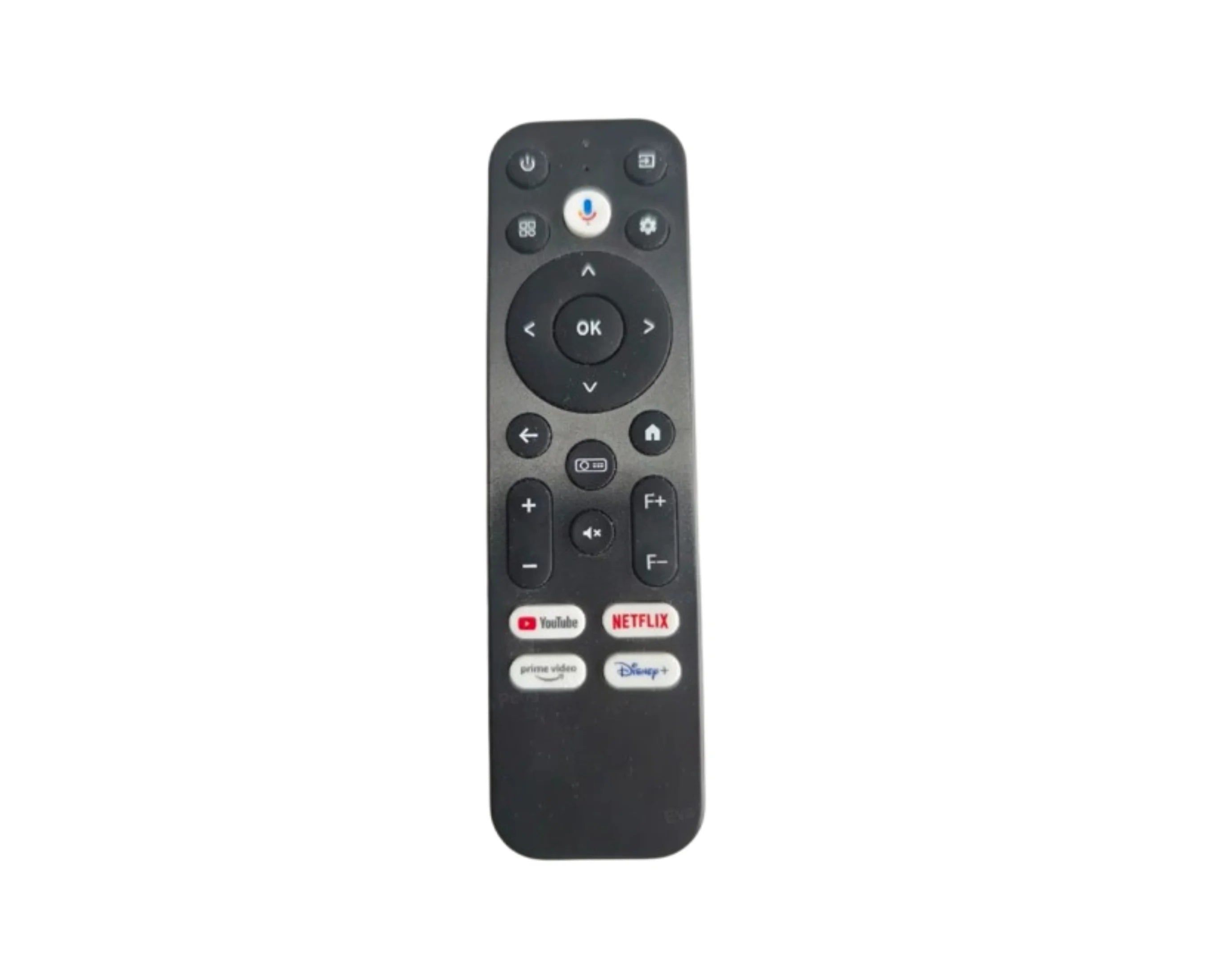Laser projectors utilize triple-color lasers as their imaging light sources, offering several advantages over other types of projectors. These lasers provide enhanced purity and accuracy, resulting in a wider color gamut, higher brightness levels, longer service life, and improved electro-optic efficiency. As a result, laser projectors have lower operating costs compared to other options. Unfortunately, it is important to note that lasers are not perfect light sources. There exists a deleterious effect that is specific to laser displays – a phenomenon called speckle.
What is Laser Speckle?
The term speckle refers to a random granular pattern which can be observed e.g. when a highly coherent light beam (e.g. from a laser) is diffusely reflected at a surface with a complicated (rough) structure, such as a piece of paper, white paint, a display screen, or a metallic surface. This phenomenon results from the interference of many different reflected portions of the incident beam with random relative optical phases. Even minor changes of the conditions, such as of the illuminated spot or the direction of the incident laser beam, can change the detailed shape of a speckle pattern.

Why Does Speckle Occur in Triple Color Lasers?
The reason for the speckle of the triple-color laser is related to its principle. The principle of the triple-color laser is not complicated. It is simply to hit the red, green and blue lasers on the DMD chip respectively, and project the desired image through the DMD. Due to the coherence of laser light, as the light waves in the laser beam propagate, they oscillate with perfectly synchronized peaks and valleys, and when two laser beams overlap each other, the peaks and valleys of each beam only reinforce each other, resulting in an interferogram.
Three Significant Characteristics of Laser
The laser is currently the most powerful artificial light source that humans can produce. The laser possesses three significant characteristics: monochromatic, coherence, and directionality. When compared to traditional light bulbs, xenon lamps, and other light sources, lasers offer higher brightness, increased energy efficiency, excellent color monochromaticity, compact size, and longer lifespan. As a result of these advantages, lasers have garnered significant attention and are projected to become the preferred choice for lighting displays.
- Monochromatic
Monochromatic light is a light containing a single color or wavelength. The light emitted from ordinary light sources have different energies, frequencies, wavelengths, or colors. But laser light has a single wavelength or color.
- Coherence
Coherence refers to the phenomenon where two distinct light sources are capable of interfering with each other. In order for stable interference of light waves to occur, coherent light must be present. According to modern physical optics principles, only coherent light sources that possess the same frequency and constant phase difference while maintaining consistent vibration directions can produce interference patterns. Since lasers are stimulated emission lights generated under the influence of coherent radiation fields with identical characteristics (frequency and phase), they exhibit excellent coherence properties inherent within their physical nature.

- Directionality
The light ray coming from an ordinary light source travels in all directions, but laser light travels in a single direction. This is called directionality of laser light. The width of a laser beam is extremely narrow. Hence, a laser beam can travel to long distances without spreading.

Coherence: Enhancing Displays but Introducing Speckles
In the realm of displays, coherence brings high stability to lasers during transmission, resulting in superior brightness, high color gamut, and overall efficiency. However, it also introduces the issue of speckles.
To create speckles, two conditions must be met: first, the use of coherent light, such as that produced by stable interference-capable light sources like lasers; second, the presence of optical rough surfaces with height variations on the order of the wavelength. Everyday surfaces like walls, paper, and movie screens fall into the category of optical rough surfaces. As we can observe from the comparison in the image below, speckle significantly impacts display quality (a represents a speckled image, b represents a low-speckle image).

Is Laser Speckle Harmful to Human Eyes?
The answer is yes, it is true that watching images with speckles for a prolonged period of time can lead to eye fatigue and significant harm to the eyes. This is especially detrimental to the vision health of children and can cause irreversible damage.
Based on the structure of the human eye and the principle of the refraction path of light, the refractive system of the human eye has a strong focusing effect on visible and near-infrared lasers. The power density of laser irradiation on the retina increases by more than 105 times compared to that on the cornea. In other words, the brightness of speckles received by the retina is 105 times greater than the average brightness elsewhere (such as on the cornea or skin surface). When speckle intensity surpasses a certain threshold, it has potential to damage retinal tissue, causing visual fatigue, dryness in the eyes, swelling, and even physical discomfort such as dizziness.
How to Reduce Laser Speckle
Typically, there are three methods for reducing laser speckle. The following are the specific approaches:
Vibrating Screen Techniques
Vibrating screen technology is currently a common solution in movie theaters in eliminating laser display speckles, and it is also an old solution. The principle of the method is simple: the projection screen makes irregular, high-frequency (far beyond the time resolution of the human eye) weak vibrations perpendicular to the direction of the projection light. This vibration is realized by a special vibration-generating device, and the vibration can be transmitted on the screen in the form of vibration waves. Its system can be "superimposed" on any projection screen without changing or damaging the existing structure and optical properties of the screen.
The essence of the vibrating screen system is to change the "phase consistency" of the reflected light to the human eye on the time axis. However, the frequency of this change is very high and the speed is extremely fast, which is far beyond the resolution of the human eye; the human eye automatically synthesizes it into a picture, and then allows different forms of speckle to be superimposed irregularly into a nearly uniform speckle-free picture. At the same time, the amplitude of the vibrating screen system changes the laser reflection phase, and its vibration offset is comparable to the wavelength of visible light, which does not affect the focus definition of the projection lens at all (the impact of the vibrating screen on the "focal length" is often less than that of the lens optics The error is also significantly smaller than the limit of the human eye's spatial resolution. The main problems of the vibrating screen system are the coordinated debugging of multiple vibration sources, noise problems, vibration source life and stability issues, etc., especially on large cinema screens. significantly increased difficulty).
Projection Screen
Another way to solve this problem is to select the right projection screen. Speckle in laser projectors is more noticeable on smooth solid surfaces and less so on rough surfaces. Tests also show that speckle is least noticeable when projected onto a Fresnel screen, but more noticeable when projected onto white plastic or a smooth wall.
IDDW(integral dynamic diffuser wheel) Speckle Reduction Technology
Furthermore, IDDW Speckle Reduction Technology (the same solution used in ULTIMEA Thor T60 Laser TV) offers a more efficient solution to this issue. Built upon a multi-wavelength integrated light source solution with zone coating, this innovative approach harnesses a broader spectrum to significantly reduce the coherence of laser wavelengths. The outcome is a remarkable reduction in laser interference phenomena, with the potential to eliminate up to 95% of speckles, providing a significant advancement in display technology.
Summary
Based on the present state of triple-color laser technology, it is evident that the issue of speckle in triple-color laser projection has not been resolved. Consequently, this technology requires further enhancements and refinements. To mitigate the problem of speckle, it is advisable to explore acquiring a triple-color laser projector that is compatible with an appropriate screen.
In short, no matter what kind of light source or projector you choose, it has certain disadvantages, and it depends on how people choose from them.
